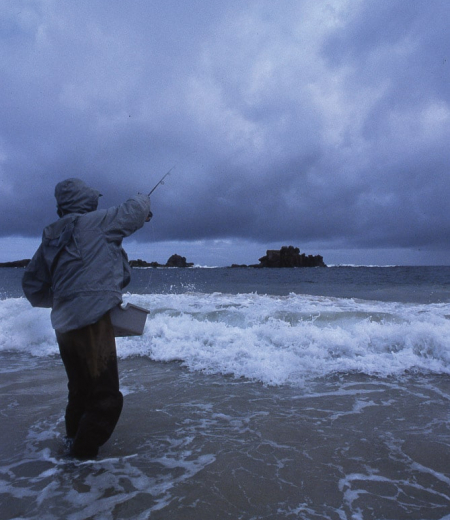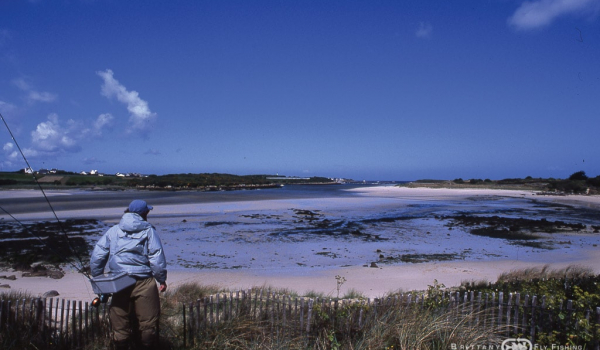Tides, strategies and required angling level
Effective and productive seabass angling requires great knowledge of the fish’s biology, its behavior and its habits on given fishing grounds. In estuaries, fish actively move with the tides and hang out in several areas that facilitate hunting or ambushing their prey. Fish are also looking for resting areas that can be located ways from the hunting grounds.
The great advantage my specialized boat offers is its shallow draft and combined propulsion of conventional and electric motors: I can literally follow the bass all along their pilgrimage through estuaries, into the shallowest of areas in waters less than three feet deep. It therefore helps a lot to know the better passages, shorelines, channels, flats, breaks, weed lines, underwater rocks, rock piles, oyster bars, freshwater sources,…
Over the years, I have been able to develop a knowledge “by the inch” of my preferred bass angling haunts in Morlaix bay and in the Roadstead of Brest. I can therefore fish the best spots at the very best moments during the tides. The latter, combined with the moon phases, dictates the feeding habit of the seabass and whether fish (big and/or small) will be present or not. Wild fish species like seabass fortunately do keep a certain level of unpredictability and mystery so that at times when everything should fall into place, seabass will shine by their utter and plain absence!
The better you are as a fly caster, especially when it comes to cast and manage heavier fly tackle, the better your chances will be to get into bigger fish. As a more competent caster you will be able to fish longer, harder and more effectively all along the tide. Depending on the tide coefficient (tide level difference) you might be forced to resort to a variety of fly lines going from a full floating fly line (surface fishing) to ultra-fast sinking hybrid line (550 grains) to pull the bass from 25 to 30 feet of depth. Under ideal conditions, an intermediate sinking line with a clear belly (Rio Striper Intermediate) will be the line of choice as it will be used 80% of the time, the fun part being its great castability.
I usually keep all the details of the better angling days for my customers for each guiding season, which, regarding the prevalent conditions usually starts in July and takes an end late November. Not all days are great for fly angling as this technique does not really allow seeking fish in the great depths; really good days are not as numerous as they would be for non-fly anglers. Wind is always a limiting factor and more so for fly fishing, it adds to reducing otherwise favorable days on the water.
My two favorite fishing haunts, the bay of Morlaix, oriented north-south, and the Roadstead of Brest, oriented east-west, usually offer some kind of protected area to fly fish on good days as they both are complimentary due to their respective orientation.
With this in mind, I take reservations for the more favorable days; reservations will be made on a “first come-first served” base.
Required angling level
Do not hesitate to contact and consult with me in order to adapt my services to your level of casting, your personal fitness and your goals.
My seabass guiding services are aimed at fly anglers that have acquired a certain level of casting skills (reservoir anglers, pike anglers) with 7- to 10-weight tackle, an 8-weight outfit being used in 80% of the time.
If you do not master double haul techniques and cannot properly cast and present a fly at minimum distances of 15 yards/50 feet, I strongly suggest you invest a day into a double haul/line speed building casting clinic on a stillwater before heading out into saltwater.











